Soapberry Tree
- March 15, 2024
- 0 comment
The Soapberry tree, often overlooked in the vast diversity of flora, holds a unique place in both the natural world and human culture. This article dives deep into the essence of the Soapberry tree, exploring its history, botanical features, environmental benefits, and multifaceted uses that span centuries.

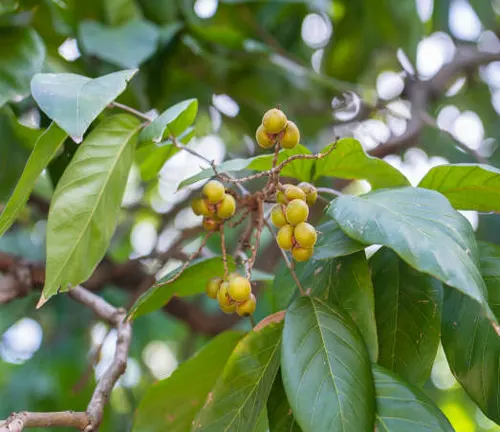
The Soapberry tree, with its rich history, environmental benefits, and versatile applications, stands as a testament to nature’s ingenuity. As we look forward, the potential of this remarkable tree continues to inspire, promising a greener, more sustainable future.
From traditional medicine to natural cleaning agents, the Soapberry tree’s applications are both traditional and innovative. Its health benefits, derived from the saponins found in its fruit, to its role in eco-friendly detergents, highlight its versatility.
| Characteristic | Description |
|---|---|
| Scientific Name | Sapindus |
| Common Names | Soapberry tree, soap nut tree |
| Family | Sapindaceae |
| Native Region | Native to various regions across Asia, North America, and other tropical and subtropical areas. |
| Plant Type | Deciduous tree |
| Size | Depending on the species, soapberry trees can range from small shrubs to towering giants, with heights typically reaching up to 15 meters. |
| Leaves | The leaves of the soapberry tree are compound, featuring multiple leaflets arranged in an alternate pattern along the stems. |
| Flowers | Delicate white flowers adorn the branches of soapberry trees, adding to their aesthetic appeal and attracting pollinators. |
| Propagation | Soapberry trees can be propagated from seeds or cuttings, with seeds requiring scarification for optimal germination. |
| Drought Tolerance | Adapted to various environmental conditions, soapberry trees exhibit moderate drought tolerance once established, making them suitable for arid regions. |
| Cultural Uses | Throughout history, soapberry trees have been revered for their versatile berries, which contain natural saponins. Indigenous cultures utilized these berries for cleansing purposes, including washing clothes, bathing, and even as a natural shampoo. |
| Ecological Role | Soapberry trees play a vital ecological role in their native habitats, providing food and habitat for wildlife, contributing to soil stabilization, and aiding in nutrient cycling. |
| Notable Species | Some notable species of soapberry trees include Sapindus mukorossi, native to the Himalayan region, and Sapindus saponaria, found in North America. |
| Hardiness Zones | Depending on the species, soapberry trees can thrive in a wide range of hardiness zones, typically between zones 7 to 11. |
| Growth Rate | Soapberry trees exhibit moderate to fast growth rates under favorable conditions, with young trees often establishing quickly and reaching maturity within a few years. |
| Lifespan | With proper care and environmental conditions, soapberry trees can live for several decades, enriching their surroundings with their beauty and ecological contributions. |
Botanical Beauty of “Soapberry Tree”

Amidst lush landscapes and verdant woodlands, the soapberry tree stands as nature’s masterpiece. Its graceful form and delicate foliage mesmerize onlookers, inviting them to immerse themselves in its botanical splendor.
Woodland Elegance
In the gentle light of forest glades or the serene ambiance of garden groves, the soapberry tree emanates understated elegance. Its slender branches sway in the breeze, adorned with clusters of fragrant flowers that infuse the air with their sweet scent.
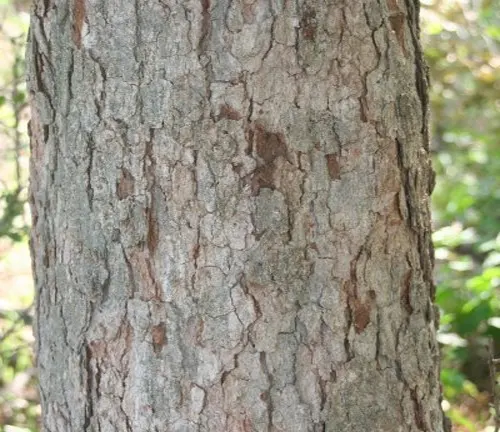
Economical Imporatance
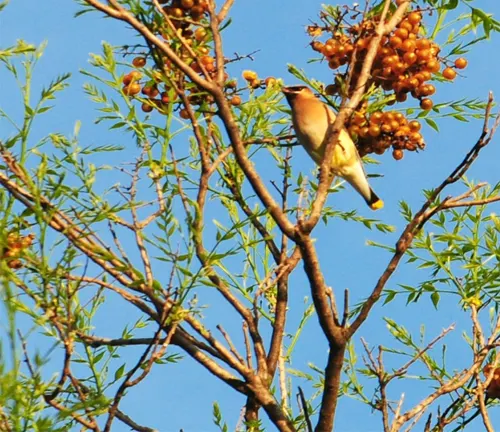
Beyond its aesthetic allure, the soapberry tree serves as a cornerstone of ecological balance. Acting as a keystone species, it sustains a diverse array of wildlife, enriches soil with nutrients through its leaves, and prevents erosion with its robust root system.
Cultivation and Conservation
Cultivating soapberry trees not only enhances landscapes but also bolsters conservation efforts. By safeguarding native species and restoring degraded habitats, individuals and communities contribute to biodiversity preservation and ecosystem resilience.
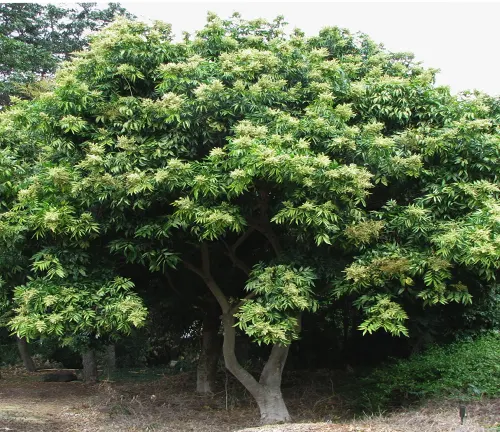
Fragrance
One of the most enchanting aspects of the soapberry tree is its fragrant blooms, which perfume the surrounding air with their sweet, floral aroma. Whether in bloom or at rest, the tree exudes a natural charm that enchants all who encounter it.
Soil Stabilization

With its extensive root network and vigorous growth, the soapberry tree plays a vital role in stabilizing soil. In areas prone to erosion or disturbance, its roots anchor the soil, preventing erosion and facilitating the growth of other vegetation.
Common Uses
From traditional remedies to modern innovations, the soapberry tree offers a wealth of practical applications. Its berries, rich in saponins, are harnessed to create natural detergents, shampoos, and cleansers, presenting a sustainable alternative to chemical-based products.
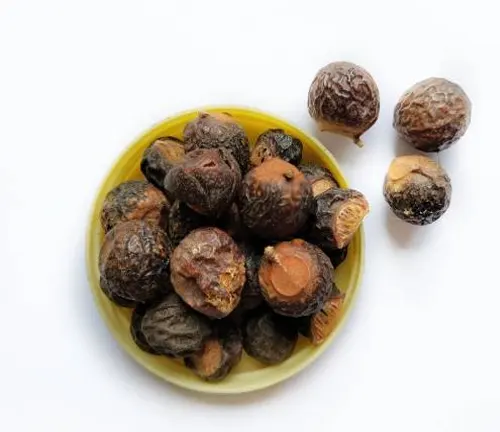
Benefits
The benefits of soapberry trees extend beyond their cleansing properties. As renewable resources, they provide eco-friendly solutions to household and personal care needs, championing sustainability and environmental stewardship.
Different Species
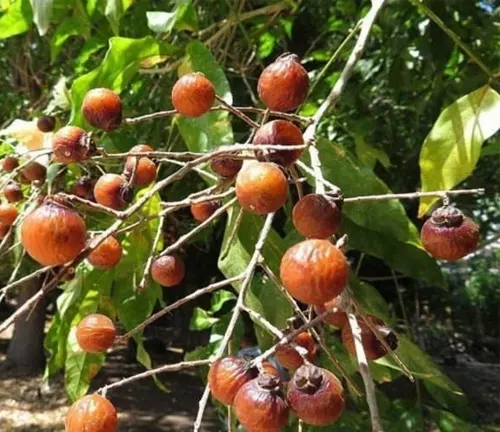
Sapindus marginatus
Found in Central and South America, this species is known for its ornamental value and is often cultivated for its attractive foliage and fruit clusters.
Sapindus drummondii
Native to the southern United States, particularly Texas and Oklahoma, this species is commonly referred to as Western soapberry. It is valued for its drought tolerance and adaptability to arid climates.
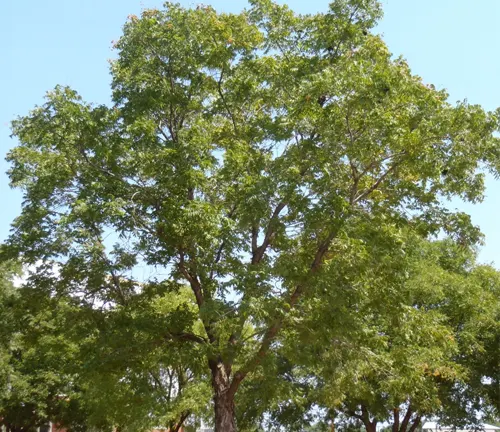

Sapindus rarak
Indigenous to Indonesia, Malaysia, and other Southeast Asian countries, this species is prized for its high saponin content and is used in traditional medicine and natural skincare products.
Sapindus emarginatus
Native to parts of India, Sri Lanka, and Myanmar, this species is esteemed for its medicinal properties and is used in Ayurvedic remedies for various ailments.
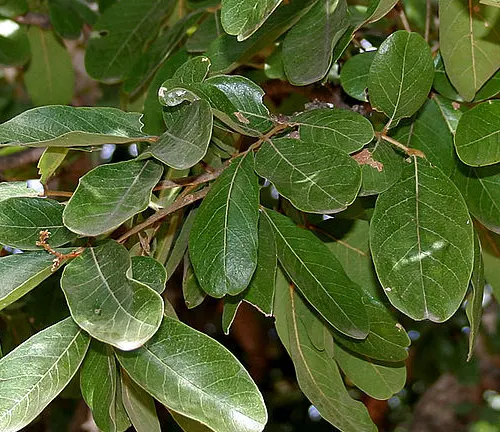
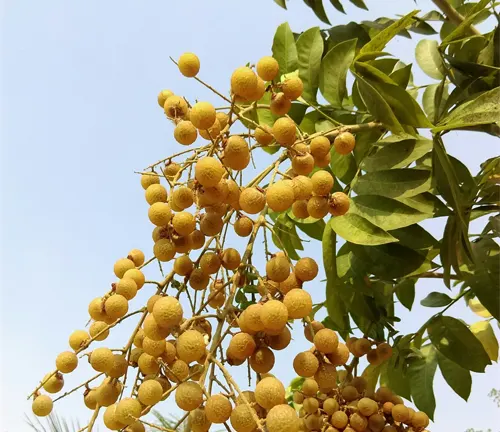
Sapindus tomentosus
Found in Australia, particularly in the northern regions, this species is known for its dense foliage and tolerance to saline soils, making it suitable for coastal landscapes
Frequently Asked Questions (FAQs)
- Are soapberry trees only found in specific regions?
- Soapberry trees are native to various regions across Asia, North America, and other tropical and subtropical areas. While they have their origins in specific geographic locations, they can also be cultivated in different parts of the world under suitable conditions.
- What are the main uses of soapberry trees?
- Soapberry trees are primarily valued for their versatile berries, which contain natural saponins. These berries are used for various purposes, including as a natural detergent for washing clothes, bathing, and as a component in eco-friendly cleaning products.
- Are soapberry trees easy to grow in home gardens?
- Yes, soapberry trees can be grown in home gardens with proper care and environmental conditions. They are relatively low-maintenance once established and can thrive in a range of soil types and climates, depending on the species.
- Do soapberry trees attract wildlife?
- Yes, soapberry trees play a vital role in supporting wildlife by providing food and habitat. Birds, insects, and other animals are attracted to the tree’s flowers, berries, and foliage, making it a valuable asset in biodiversity conservation efforts.
- Are soapberry products safe for sensitive skin?
- Yes, soapberry-based products are generally mild and hypoallergenic, making them suitable for individuals with sensitive skin. They are free from harsh chemicals and artificial fragrances, making them gentle yet effective for daily use.
- Can soapberry trees be grown from seeds?
- Yes, soapberry trees can be propagated from seeds. However, seeds may require scarification or stratification to enhance germination rates. Alternatively, they can also be propagated from cuttings or by grafting onto rootstock.
- Do soapberry trees have any medicinal properties?
- Yes, soapberry trees are believed to possess various medicinal properties, including anti-inflammatory and antimicrobial effects. In traditional medicine systems such as Ayurveda, extracts from soapberry berries are used to treat skin conditions, respiratory ailments, and digestive issues.
- How long does it take for a soapberry tree to mature?
- The time it takes for a soapberry tree to reach maturity can vary depending on factors such as species, growing conditions, and climate. Generally, young trees can establish quickly and may reach maturity within a few years under optimal conditions.
- Are soapberry trees susceptible to pests or diseases?
- While soapberry trees are relatively resistant to pests and diseases, they may still be susceptible to certain issues such as fungal infections or insect infestations. Regular monitoring and proper care can help prevent and manage these issues effectively.
- What is the best time to harvest soapberries?
- Soapberries are typically harvested when they ripen to a golden hue and fall from the tree naturally. Depending on the species and location, this usually occurs in late summer to early autumn. Harvesting should be done carefully to avoid damaging the berries and to ensure optimal quality for use.


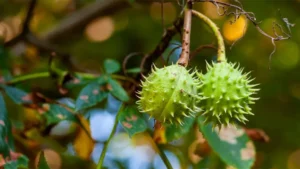
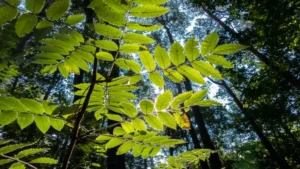





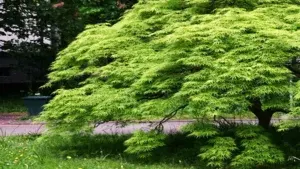
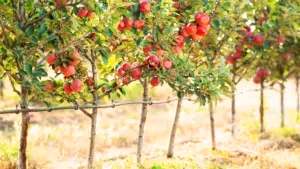



Leave your comment